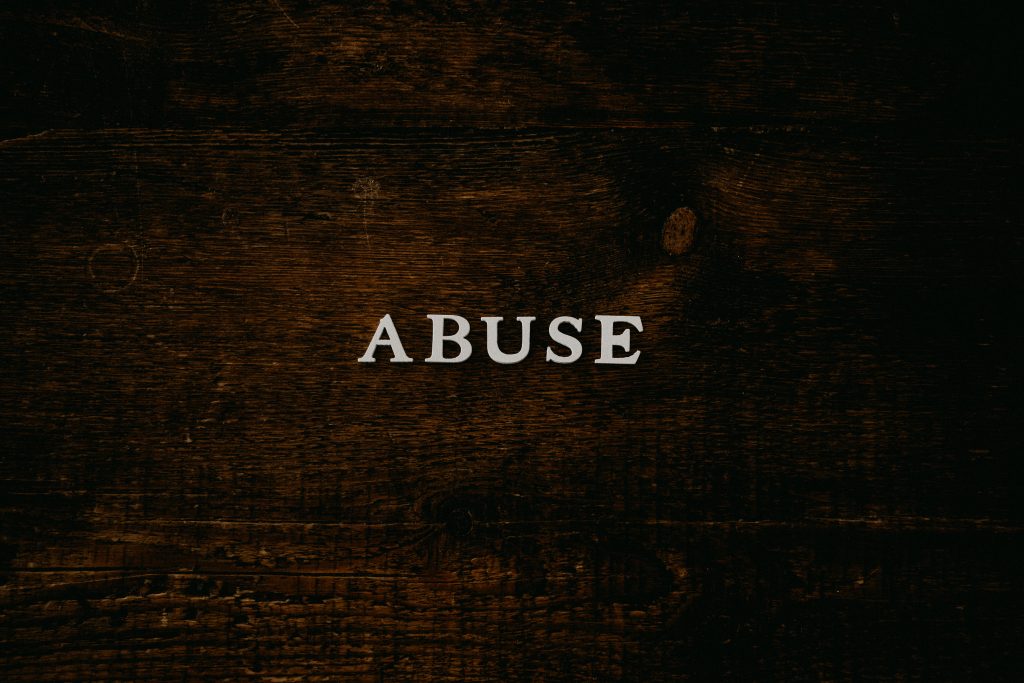5 Types Of Communication Roadblocks In A Toxic Relationship

Abuse is defined as any behavior that is designed to control, subjugate or demean another person, through the means of fear, humiliation, or verbal and physical assaults. Emotional abuse is abuse that uses no physical force. This does not mean that emotional abuse is less serious as physical abuse – it simply signifies the kind of abuse taking place.
There are many different kinds of emotional abuse, such as name calling, threatening or invalidation of the victim’s feelings. Abusers may not want to communicate because they fear being held responsible for their actions. They take the approach of jeopardizing or not responding to attempts at communication because they simply do not want to admit that they are wrong, or that there is a problem.
In this article, I’m going to show you four different kinds of communication roadblocks in an emotionally abusive, unhealthy or toxic relationship.
1. Contempt
Contempt refers to showing disgust or clear, vindicated disinterest to another person’s needs. This can range from verbal insults, like name-calling or sarcasm to implicit insults like eye-rolling or sneering. Contempt demeans a person’s attempt at communication and can be detrimental to a person’s wellbeing or self esteem. It can make the victim feels humiliated and ashamed.
For example, if someone wants to talk about how they don’t like it when their family member, partner, or friend gets angry and shouts frequently, the person in question may roll their eyes while making some equally degrading comment. This is a calculated tactic to hurt the other person, and can make them feel very small.
2. Diverting
Diverting refers to when someone avoids a difficult conversation by constantly changing the subject and promptly talking about something else. Diverting is often used to steer clear of imprints the conversations, such as ones highlighting someone’s maltreatment or abuse.
The person may say something along the lines of, “Let’s talk about something more pleasant.” This distracts from the issue at hand, and does not help the situation. It only silences the victim. This sentence also comes with an implicit mocking tone – it implies that if a situation is not ‘pleasant’ it is not worth talking about. Diverting makes the victim feel confused and lonely.
3. The Silent Treatment
Also known as stonewalling, the silent treatment refers to when the toxic person withdraws from the conversation and refuses to engage. They may refuse to speak to the victim, deliberately turn away from eye contact, or ignore the victim in any other way.
Of course, it is always important to take a step back when arguing and breathe, but stonewalling is when the person does it deliberately with the intention to cause harm. If they are doing it for the sole purpose of crushing the person’s self esteem and making them feel insignificant, then this is the silent treatment.
The victim may find it extremely difficult to live like this, and so does everything in their power to get back into the abuser’s good graces, playing right into the toxic person’s hands, though through no fault of their own. Stonewalling, as a means of control, belittles the victim and ostracizes them. The victim may feel very ignored and hurt.
4. Passive Agreement
Passive agreement is just what it sounds like – it’s when one person simply nods their head to whatever someone else is saying, not taking any of it in. They go along with whatever is being said, even if they don’t agree. In the cases of constructive criticism, they don’t take any of it to heart – they just go on as they always have, making the other person feel unheard and ignored.
Passive agreement makes the victim feel like a fool. With no substantial response, they may start overthinking and wonder if they are rambling. They may also worry the other person is just agreeing with them to mock them, or is being sarcastic. It can make the victim feel very confused.
Passive agreement also sets up a trap for the other person – if the other person tries to call them out on taking nothing into consideration, the person may say, “But I was agreeing! Why are you finding fault with me for agreeing?” This effectively silences the other person, ceasing all attempts at communication.
5. Warning
Warning is one of the most dangerous forms of communication blocking. This involves threatening or intimidating the victim into silence. This may include ominous threats like, “If you do that again, you’ll regret it,” or, “Stop talking about it, or else.”
It may include direct threats, for example, “Shut up about that, or I’ll make you.” Warning is not something that can be brushed off.
You know your relationship best, but it is strongly advised to have a long, clear talk about this method of communication. Most people find this absolutely unacceptable in a relationship, and oftentimes break up after one incident of warning.
Do you have any more items you’d add on to this list? Have you noticed any of these signs in a previous or current relationship? How did you/do you deal with them? Share your thoughts and answers in the comments!
-AS <3



Responses